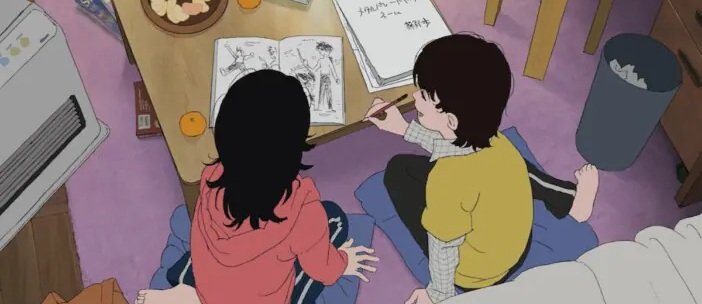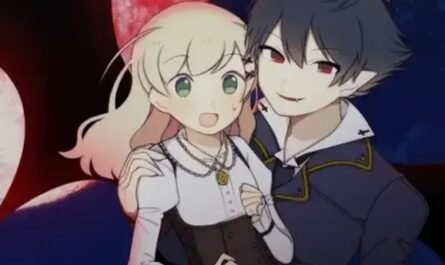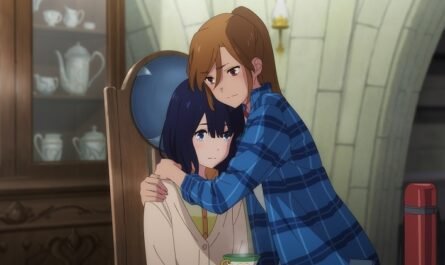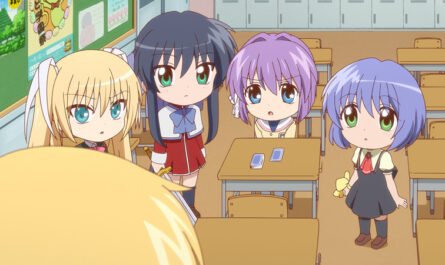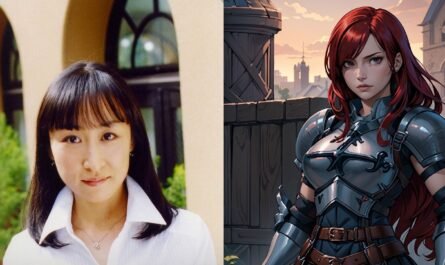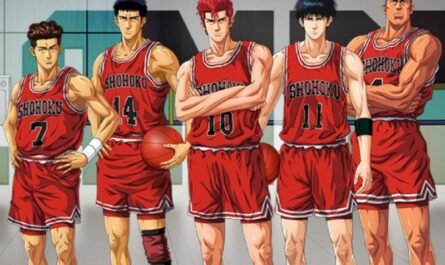The regular writers of Real Sound’s Movie Department will announce their best works of 2024 daily until the end of the year. The works will be divided into four categories: movies, domestic dramas, foreign dramas, and anime. For anime, the writers will select 10 works from their unique perspective from animations released in theaters, broadcast, or streamed in Japan in 2024. Film writer Sugimoto Hodaka will judge the 10th edition.
- “Look Back” 2. “The Color of You” 3. “Mononoke: Karakasa the Movie” 4. “Linda Wants to Eat Chicken!” 5. “Bakeneko Anzu-chan” 6. “The Blind Willow and the Sleeping Woman” 7. “Kizumonogatari -Koyomi Vamp-” 8. ” Robot Dreams ” 9. “Girls Band Cry” 10. “Sound! Euphonium 3” The “Anime Industry Report 2024” was recently announced, and it was announced that the market size of Japanese anime in 2023 will reach 3,346.5 billion yen, 114% of the previous year (※).
This is a statistic for 2023, but from my experience, it will be about the same size in 2024. It has grown a lot. The market is driven by IPs of popular manga, both domestically and internationally. In 2024, many cases made us think about “how to deal with the original work.” Although it is not about anime, the “Sexy Tanaka-san” incident is not unrelated to the anime industry, which is based on media mixes of popular manga. Something like that must never happen again.
This incident has forced the entire video industry to think more about what it means to “respect the original work” more fundamentally, beyond the superficial discussion of whether or not to change the original work on the surface. At the same time, the way the anime industry creates and develops original works remains a challenge. Or rather, as the sector’s scale grows, the risk of original projects is rising. Simply put, the higher the production costs, the harder it becomes to bet on projects with unknown quantities. Here, too, overseas markets will become necessary. Expanding routes other than how popular IP spreads, such as film festivals, seems essential to enter the global market. Below are the reasons for the selection. The first-place selection, “Look Back,” is based on an original work.
Still, I think that the success of the animator director, connected with “drawing,” strongly imbues the original work, a highly personal story drawn by a manga artist about a manga artist, with personal involvement in the film. Why did this director visualize this original manga? The persuasiveness is expressed more than 100% through pictures, not words, and the spirit of the original work is respected beyond the superficial fact that the story was faithfully visualized. “Sound! Euphonium 3” took a polar opposite approach to the original work.
This decision was courageous. Bakeneko Anzu-chan is a bold idea that places a girl who does not exist in the original work as the main character, bringing out both the author’s personality and the appeal of the original work. Among the original works, director Yamada Naoko’s “Your Color” and “Girls Band Cry” (hereafter “Garukura”) showed their strengths.
Utilizing Yamada Naoko’s genius through market principles alone is challenging, but the international market is also looking for talents like her. Promoting market development through film festivals and other means will be necessary in the future. “Garukura” is also noteworthy in terms of its look development. It was also a year in which we felt the stirrings of various CG animations not bound by the cel look being born in Japan in the future.
Aside from CG animations, two works that pursued a unique look, “Mononoke Karakasa: The Movie” and “Kizumonogatari -Koyomi Vamp-” (hereafter “Koyomi Vamp”), although an older work, also left a strong impact. There are infinite possibilities for pictures. “Koyomi Vamp” also made me think about the significance of “compilation films,” which are unique to Japan. Compilations are not just reused but can reinvent works as something different. From overseas animations, we chose “Linda Wants to Eat Chicken!” (hereafter “Linda”), “Blind Willow and the Sleeping Woman” (hereafter “Blind Willow”), and “Robot Dreams.”
All of them were high-quality, humorous, and fun. It’s good to see that the overseas independent animation market is also growing in Japan. By the way, MIYU Productions, the French studio that produced “Linda” and “Blind Willow,” also participated in “Bakeneko Anzu-chan,” meaning that they sent three works to the top 10.

